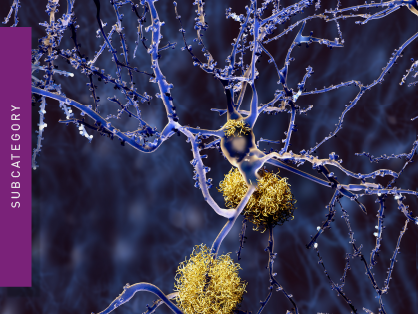
Biochemistry studies the complexity of life
The complexity of life is based on chemical processes within organisms. Methods that answer biochemical questions are as varied as the chemical processes in living organisms. They cover simple protein quantification assays such as Bradford or Lowry assay to adjust protein extracts for further analysis, as well as enzyme activity assays helping to find inhibitory and accelerating conditions. These assays benefit from BMG LABTECH´s kinetic read options, an Enhanced Dynamic Range for high intensity variations in a measurement and a suite of enzyme kinetic analysis options.
An achievement of the past 20 years has been the multitude of protein interaction assays that can be carried out in 96 to 1536 well plates. They replace lengthy or radioactive procedures and facilitate the screening for potential active substances.
BMG LABTECH microplate readers measure all these assays. They not only provide highest sensitivity and throughput, if necessary, they further assist in developing your own assays and adapting existing methods to your specific target.


Protein quantification

Protein interactions
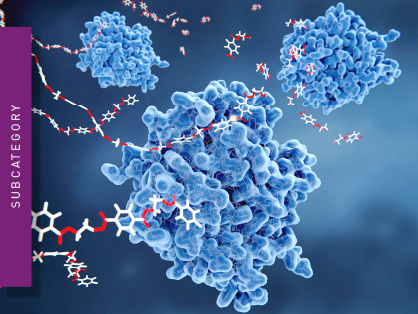
Enzyme activity
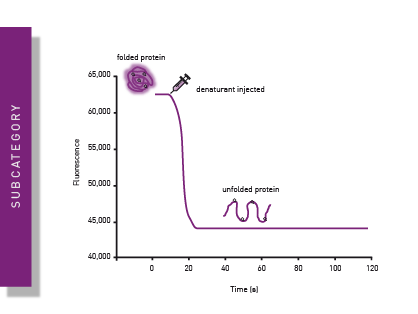
Protein characterization

Solubility
Resources
Search our resources section for information about specific applications, literature citations, videos, blog articles and many other publications. Many of the resources provided are associated with current and previous instrument models and versions.
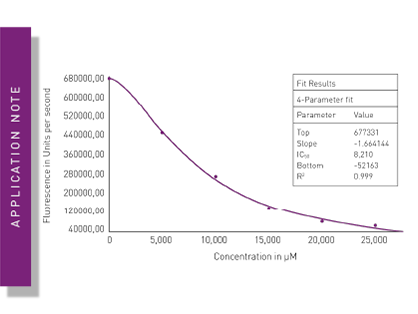
Pyruvate kinase inhibitor measurements and effortless data analysis using the MARS data analysis software
Read in this AppNote, how EDR helps to avoid signal saturation and MARS data analysis software enables the fast and simple kinetic evaluation of enzyme activity assays.
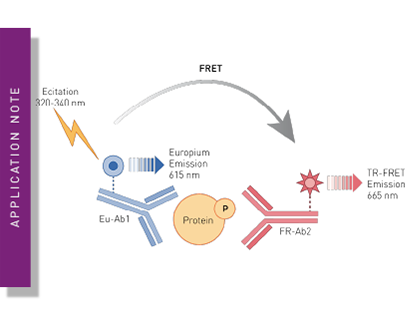
Analysis of ERK1/2, p38αβγ and STAT3 phosphorylation with the THUNDER™ TR-FRET cellular kinase immunoassays
This application note highlights the use of THUNDER™ cellular kinase assays designed to enable the measurement of endogenously expressed phosphorylated proteins.

CLARIOstar® determines activity of a moss-produced human acid alpha-glucosidase (GAA) in a fluorescence-based assay
Pompe disease is associated with an inherited deficiency of alpha-glucosidase. Read here how a 4-fluorescence-based assay can be used to measure enzyme activity of the moss-produced enzyme version.
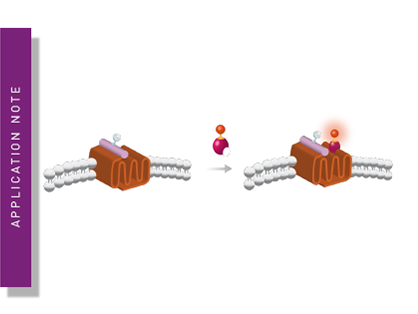
Analyze binding kinetics with HTRF®: determine kon and koff by association experiments on the PHERAstar®
Association and dissociation rates of drugs are crucial for their effectiveness: Thanks to its speed, the PHERAstar measures the kinetics of ligand-receptor binding, even in live cells!
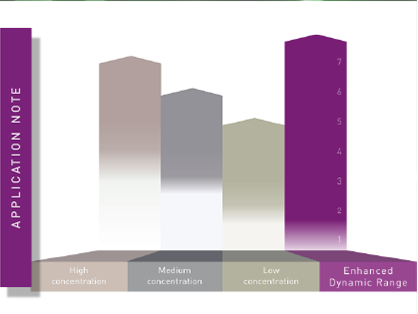
CLARIOstar® Plus simplifies enzymatic reaction monitoring with its novel enhanced dynamic range (EDR) technology
Learn here how the novel Enhanced Dynamic Range (EDR) technology of the CLARIOstar supersedes time consuming optimisation measurements and simplifies enzymatic reaction monitoring.
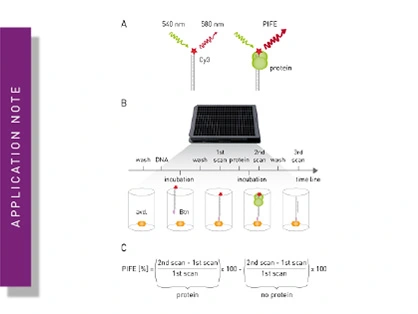
Protein-induced fluorescence enhancement detects protein nucleic acid interactions in microplates
Looking for a method to study protein-nucleic acid interaction? Here protein-induced fluorescence enhancement is employed to detect protein-nucleic acid interactions in microplates.
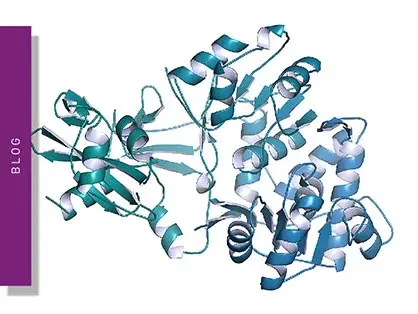
Gene reporter assays
Gene reporter assays are sensitive and specific tools to study the regulation of gene expression. Learn about the different options available, their uses, and the benefits of running these types of assays on microplate readers.
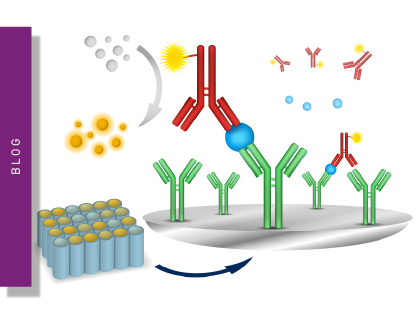
Optimizing your ELISA Assays
ELISAs are a popular tool to detect or measure biological molecules in the life sciences. Find out how microplate readers can be used to advance research using immunoassays.
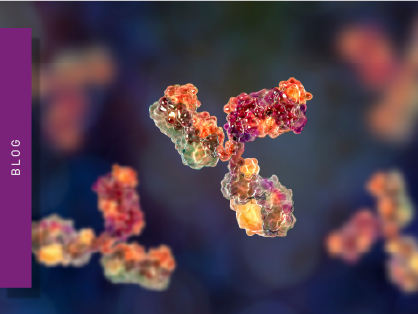
Light scattering for immunology: a research edge
Light scattering offers distinct advantages for scientists interested in immunology. Find out how the NEPHELOstar Plus is used for high-throughput immunological tests.
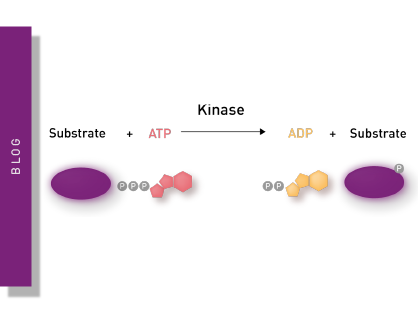
Kinase assays
Kinases are a large group of enzymes which are the focus of 1/3 of all drug development efforts due to their association with multiple diseases. Read more about their role and research here.
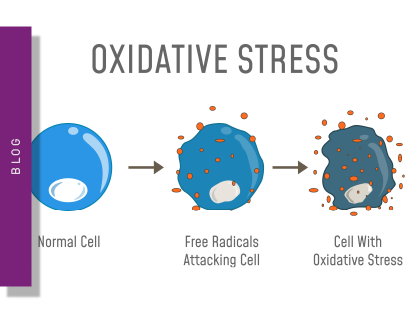
Reactive oxygen species detection
Reactive oxygen species (ROS) may have physiological as well as pathological effects. Here we explain what ROS are and how they can be measured on microplate readers.
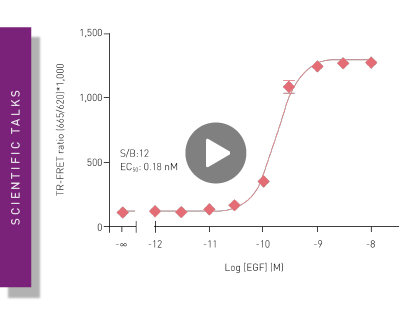
THUNDER cell signaling assays performed on our microplate readers
Looking for an easy, rapid, sensitive, and robust way to quantify endogenous signalling proteins? Inform yourself here on the TR-FRET platform THUNDER.
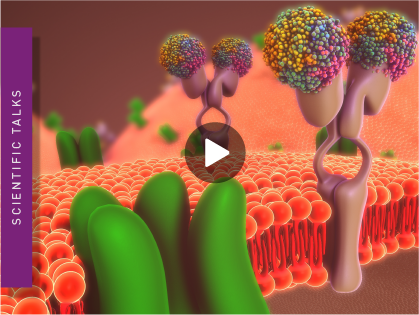
Kinetic or endpoint monitoring of protein kinase and phosphatase activity
It doesn't always have to be either or. Read here how endpoint and kinetic measurements can be used synergistically to study protein kinases.

Cell-based and biochemical high-throughput screening in 1536-well plates
Learn more on successful miniaturization approaches and high-throughput screening attempts in 1536-well plates employing the CRISPR/Cas9 system to knock in Nano luciferase reporter genes.
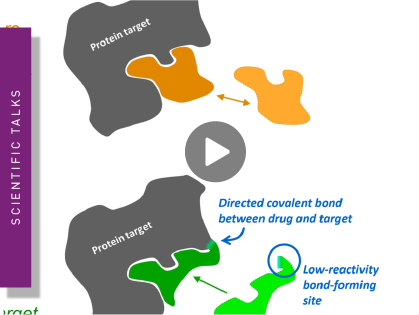
Kinetic characterisation of covalent inhibitors on the PHERAstar
Covalent drugs are often associated with safety concerns. Nevertheless, a current approach managed to find a new covalent inhibitor for the so far considered un-druggable USP7.
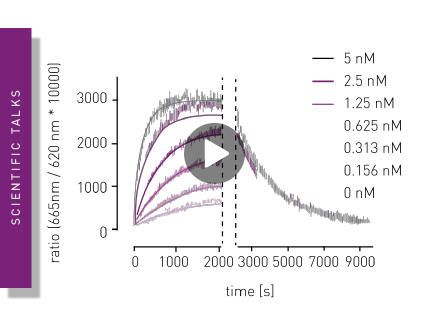
A TR-FRET approach to measure the kinetics of ligand-receptor binding and its application of fragment screening
Leave radioactive assays behind: the PHERAstar provides temporal resolution to determine kon and koff rates by TR-FRET binding kinetics.
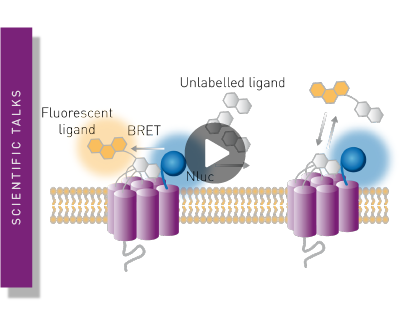
Enhanced protein-protein Interactions in living cells using the NanoBRET assay & CLARIOstar
Find out why the CLARIOstar’s LVF monochromator is perfectly suited for NanoBRET measurements.

CLARIOstar and PHERAstar support a variety of biological assays in early drug discovery with flexibility and precision
Nick Bland’s benefits: Z´ of 0.9 in HTS studies and the flexibility to run different assays.

Streamlined and more efficient drug screening with the PHERAstar FSX
Zaida Gloria talks about why she chose the PHERAstar FSX and how this plate reader makes her job easier.

CROs and microplate reader requirements
Contract Research Organisations rely on microplate readers for effective hit discovery. Ian Waddell, of Charles River Laboratories, explains what his needs are.

A hit-finding platform for the discovery of novel inhibitors of DeUBiquitinating enzymes (DUBs)
Watch in this customer story how Almac implemented a hit-finding platform for the discovery of novel inhibitors of DeUBiquitinating enzymes

Developing new DNA damage and repair inhibitors on the CLARIOstar Plus
Claire McWhirter is a Principle Scientist at Artios Pharma. In this video, she talks about developing new DNA damage and repair inhibitors on the CLARIOstar Plus.

Developing metabolic cell-based assays on the CLARIOstar
Ryan McGarrigle from Agilent develops fluorescence-based microplate assays to measure metabolism in different cell types.

PHERAstar FSX
Powerful and most sensitive HTS plate reader
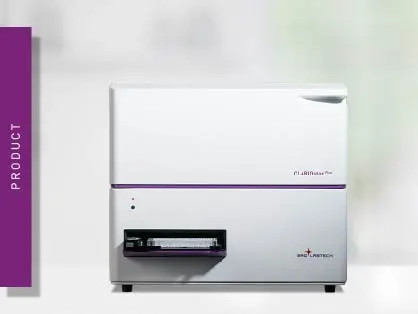
CLARIOstar Plus
Most flexible Plate Reader for Assay Development
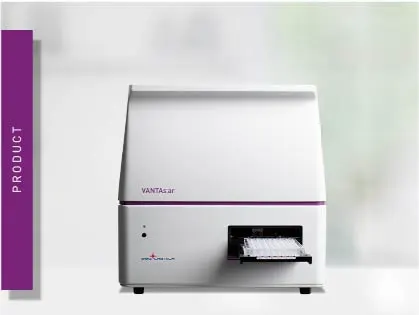
VANTAstar
Flexible microplate reader with simplified workflows
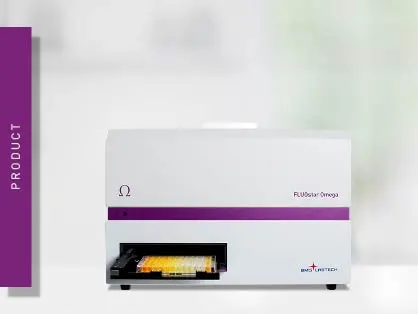
Omega Series
Upgradeable single and multi-mode microplate reader series
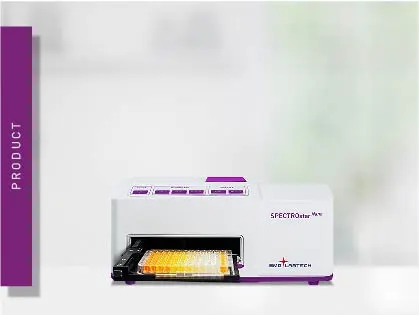
SPECTROstar Nano
Absorbance plate reader with cuvette port



